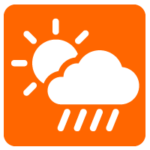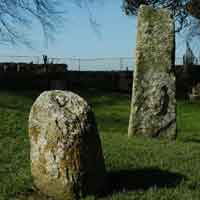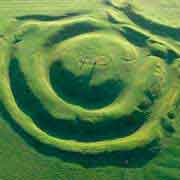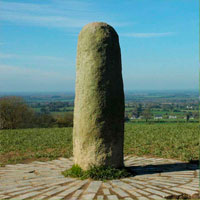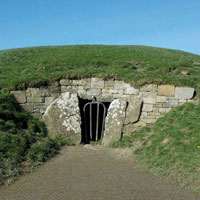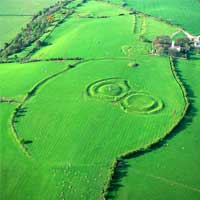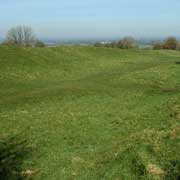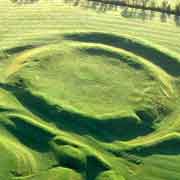Hill of Tara
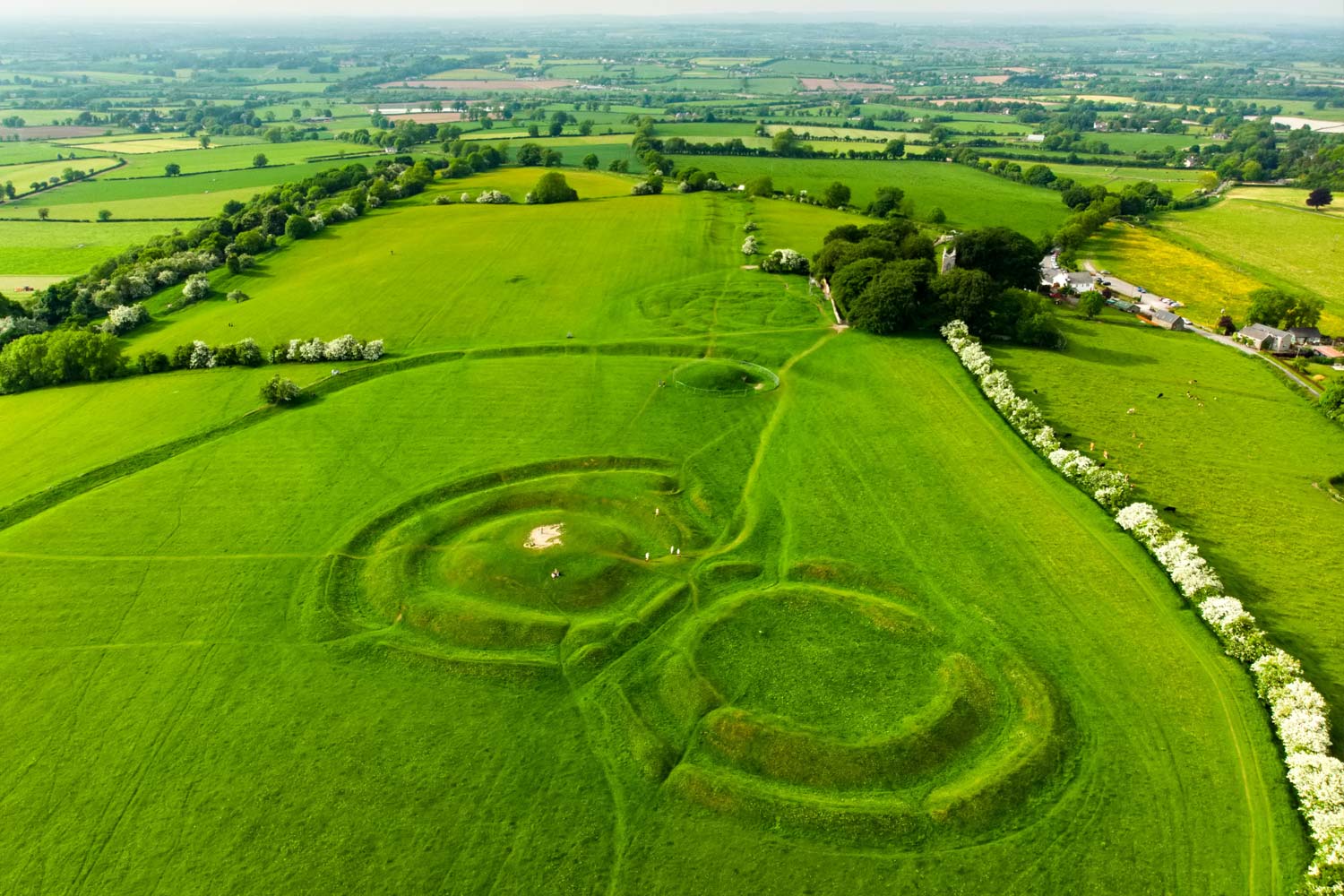
Location: Castleboy, Co. Meath
Classification: Ancient Complex
Rating:
The royal complex on the Hill of Tara in Co. Meath is an archaeological complex located near the River Boyne. It contains a large number of ancient monuments and, according to tradition, was the seat of the High Kings of Ireland. The wealth of history and legend associated with Tara as the ancient spiritual and political Capital of Ireland, and its central place in Irish History, makes it one of Ireland's premier historical attractions. The hill commands sweeping views across the plains of Meath and on a good day, it is said that over a quarter of the country can be seen its summit. There are over thirty monuments visible on the hill today. These include a Neolithic passage tomb, numerous standing stones, circular mounds and barrows. Modern-day facilities at the visitor centre include an audio-visual show, while guided tours of the Hill of Tara are available on request.
Tara gets its name from Teamhair na Rí meaning 'sanctuary of the Kings'. It is important as the traditional inauguration site of the ancient High Kings of Ireland. However, Tara was an important site long before the High Kings. A passage tomb known as 'The Mound of the Hostages' is the oldest visible monument and dates from around 3,000 BC. Tara became truly significant in the Iron Age (600 BC to 400 AD) and into the Early Christian Period when it was at the height of its power as a political and religious centre. Tara was also the royal seat of the medieval Kingdom of Mide (meaning 'middle'), ruled by the O'Neill clan. Although abandoned in the 11th Century, the hill has always retained its importance to the Irish identity. During the 1798 rebellion the United Irishmen in County Meath chose Tara as their rallying point and in 1843 Daniel O'Connell addressed an estimated one million people gathered there. In 1902, in a letter to the Editor of The Times, Tara was described by Douglas Hyde, George Moore and William Butler Yeats, key figures in the Gaelic Revival, as "the most consecrated spot in Ireland".
The Hill of Tara is seen as a central location, throughout Irish mythology & folklore. The 11th century Book of Invasions (Leabhar Gabhála) mentions The Hill of Tara as the seat of the high-kings of Ireland from the times of the mythological Fir Bolg and Tuatha dé Danann. These mythological Kings were said to have had divine attributions and were venerated in ceremonies performed on the hill. According to legend, Tara was revered as a dwelling of the gods and an entrance place to the otherworld of eternal joy and plenty where no mortal ever grew old. Saint Patrick's biographers claim that it was at Tara that he had his most famous victory over the pagan druids, confronting the ancient religion at its most powerful site.
Description
The royal complex on the Hill of Tara in Co. Meath is an archaeological complex located near the River Boyne. It contains a large number of ancient monuments and, according to tradition, was the seat of the High Kings of Ireland. The wealth of history and legend associated with Tara as the ancient spiritual and political Capital of Ireland, and its central place in Irish History, makes it one of Ireland's premier historical attractions. The hill commands sweeping views across the plains of Meath and on a good day, it is said that over a quarter of the country can be seen its summit. There are over thirty monuments visible on the hill today. These include a Neolithic passage tomb, numerous standing stones, circular mounds and barrows. Modern-day facilities at the visitor centre include an audio-visual show, while guided tours of the Hill of Tara are available on request.
History
Tara gets its name from Teamhair na Rí meaning 'sanctuary of the Kings'. It is important as the traditional inauguration site of the ancient High Kings of Ireland. However, Tara was an important site long before the High Kings. A passage tomb known as 'The Mound of the Hostages' is the oldest visible monument and dates from around 3,000 BC. Tara became truly significant in the Iron Age (600 BC to 400 AD) and into the Early Christian Period when it was at the height of its power as a political and religious centre. Tara was also the royal seat of the medieval Kingdom of Mide (meaning 'middle'), ruled by the O'Neill clan. Although abandoned in the 11th Century, the hill has always retained its importance to the Irish identity. During the 1798 rebellion the United Irishmen in County Meath chose Tara as their rallying point and in 1843 Daniel O'Connell addressed an estimated one million people gathered there. In 1902, in a letter to the Editor of The Times, Tara was described by Douglas Hyde, George Moore and William Butler Yeats, key figures in the Gaelic Revival, as "the most consecrated spot in Ireland".
Folklore
The Hill of Tara is seen as a central location, throughout Irish mythology & folklore. The 11th century Book of Invasions (Leabhar Gabhála) mentions The Hill of Tara as the seat of the high-kings of Ireland from the times of the mythological Fir Bolg and Tuatha dé Danann. These mythological Kings were said to have had divine attributions and were venerated in ceremonies performed on the hill. According to legend, Tara was revered as a dwelling of the gods and an entrance place to the otherworld of eternal joy and plenty where no mortal ever grew old. Saint Patrick's biographers claim that it was at Tara that he had his most famous victory over the pagan druids, confronting the ancient religion at its most powerful site.
View all Monuments within this Complex
View all Monuments within this Complex
Accessibility Rating: Easy
Carpark. Visitors Centre.
Accessibility
Accessibility Class: Easy
Facilities
Carpark. Visitors Centre.
Map
Users should note that the Monumental Ireland application and website are information guides only and do not act as an invitation to enter any of the properties or sites listed. No responsibility is accepted by the creators of the Monumental Ireland application for any loss, injury or inconveniences sustained as a result of using it.






